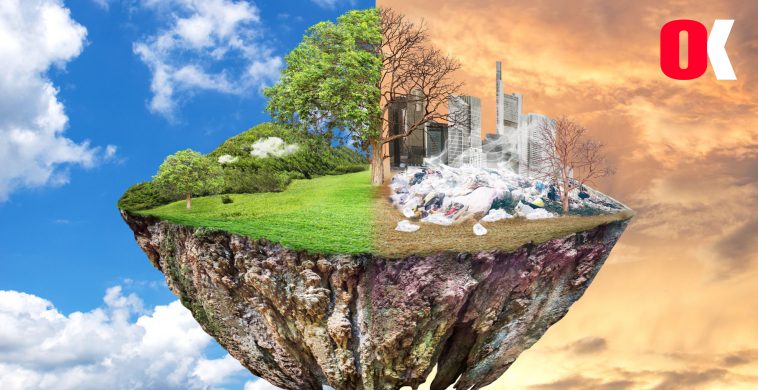What You Need to Know About Global Warming
Changing climate models predict that the Earth’s global average temperate will increase in the future. But the amount of warming depends on the decisions we make about fossil fuels and land use. If we continue to emit as many or more greenhouse gases. It will cause much more warming in the 21st century than we saw in the 20th century. In the 21st century, computer models predict that if greenhouse gas levels continue to rise, the global average temperature will rise by 4°C (7.2°F). However, models acting quickly to reduce greenhouse gas emissions predict that the global average temperature will increase by just 1°C (1.8°F).
Climate change predicted to affect regions differently. For example, temperature increases expected to be greater on land than over the oceans, and greater in high latitudes than in the tropics and mid-latitudes. Higher temperatures cause (and cause) changes in other aspects of the climate – rain, snow, and clouds, for example. They also cause changes in the ocean, life, ice, and all other parts of the Earth system.
Precipitation Change
A warmer average global temperature will result in a higher evaporation rate and cause a “acceleration” of the water cycle. More water vapor in the atmosphere causes more precipitation. Global average precipitation increases by 1% to 3% for each degree of warming, which means we are looking to a wetter and snowier future. By 2100, precipitation will increase by at least 1% and a maximum of about 12%. However, changes in precipitation will not be evenly distributed. Some places will get more and others will see less.
Melting Snow and Ice
As the climate warms, snow and ice melt. It estimated that the amount of melting of glaciers, ice sheets and other snow and ice on land in summer greater than the amount of winter precipitation. The amount of sea ice (frozen seawater) floating in the Arctic Ocean and around Antarctica is expected to decrease as Arctic sea ice melts faster than Antarctic sea ice. By the end of the century, the Arctic Ocean will likely be ice-free by the end of the summer, although there is some uncertainty about the amount of melt.
Rising sea level
A warmer climate causes sea level to rise through two mechanisms: (1) melting glaciers and ice sheets (ice on land) add water to the oceans, raising sea levels, and (2) ocean water expands and increases in volume as it warms. and thereby raising the sea level. In the 20th century, sea levels rose by about 10 to 20 cm (4 to 8 inches). Thermal expansion and melting ice contributed about half of the increase, but there is some uncertainty in the exact magnitude of the contribution from each source. By 2100, models predict that sea level will rise by 30 to 100 cm (12 to 39 inches), depending on how much we can reduce climate warming.
Acidic Ocean Water
It is estimated that the world’s oceans act as a buffer against climate change by taking some of the excess heat and carbon dioxide from the atmosphere. This good news in the short run, but more problematic in the long run. Carbon dioxide combines with seawater to form weak carbonic acid. Scientists believe this process has reduced the pH of the oceans by about 0.1 pH since pre-industrial times. Further acidification of 0.14 to 0.35 pH is expected by 2100. More acidic ocean water is marine but can cause problems for organisms.
Effects on Ocean Currents
Large-scale ocean currents, called the thermohaline circulation, caused by differences in salinity and temperature, are also deteriorating as the climate warms. Changes in precipitation patterns and freshwater runoff from melting ice into the oceans are changing salinity. Changing salinity and rising water temperature are disrupting streams. In an extreme case, the thermohaline circulation disrupted in parts of the ocean. Even being shut down in a way that can have huge impacts on the climate.
Severe Weather Change
Some climate scientists believe that hurricanes, typhoons and other tropical cyclones will change as a result of global warming. (and may have already started) believes. Warm ocean surface waters provide the energy that drives these enormous storms. Warmer oceans expected to cause such storms to intensify in the future. Although more tropical cyclones around the world are not changing in the future, some scientists say they are the strongest. He believes that destructive storms will occur at a higher rate. Some scientists believe that we are seeing evidence of an increase in the number of the strongest storms, but that. Others are less convinced.
Changing Clouds
Clouds are a bit of a wild card in global climate models. Warmer global temperatures produce faster overall evaporation rates. It is changing, which results in more water vapor and more clouds in the atmosphere.
ELON MUSK ANNOUNCES ‘TESLA IS NOT SELLING BITCOIN’





GIPHY App Key not set. Please check settings